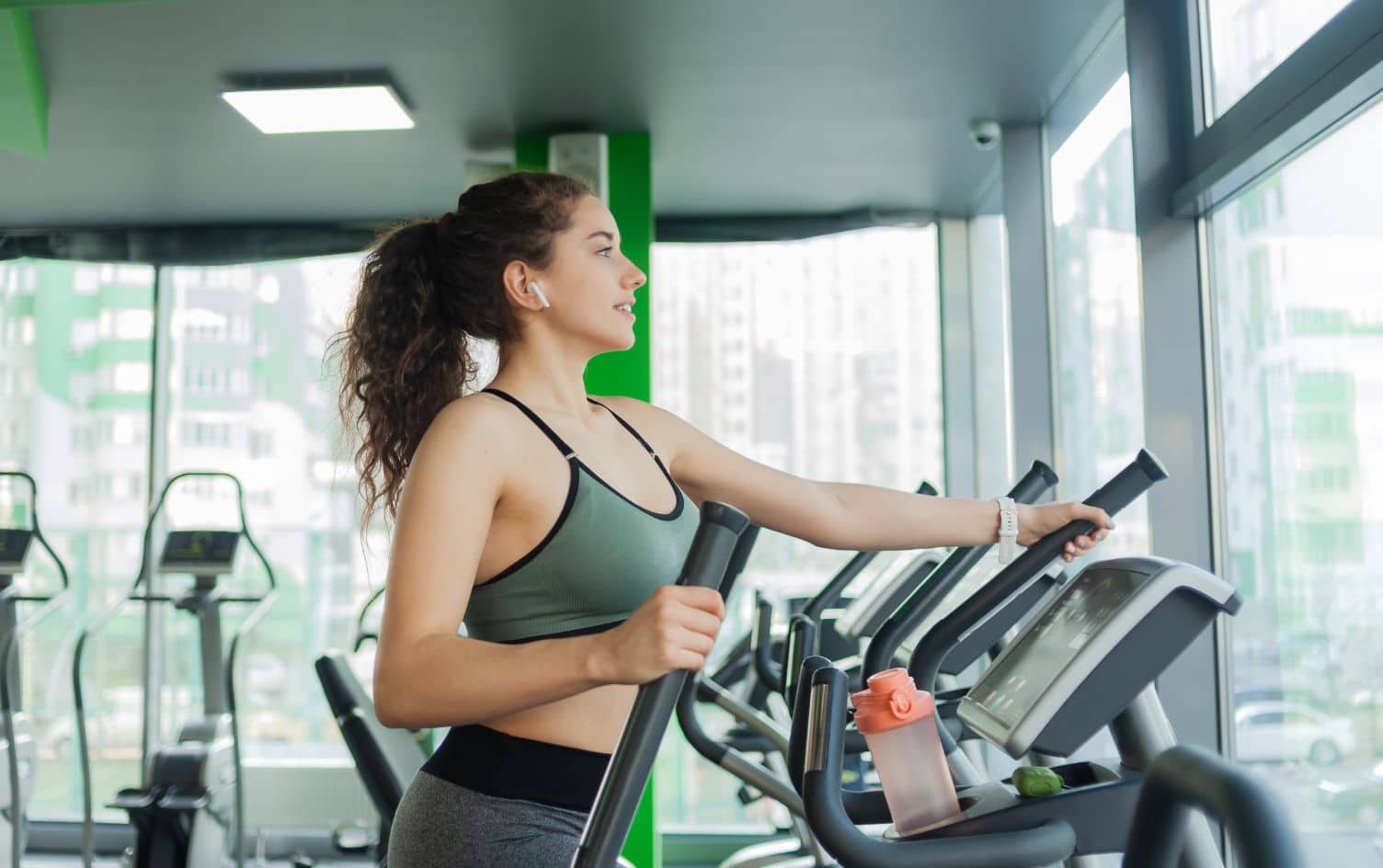Ask any woman, and she can tell you: Breasts can make certain activities hard. Large breasts in particular may keep women from being as active as they’d like to be, according to a new paper published in the Journal of Science and Medicine in Sport.
Australian researchers divided 355 women into four groups based on their breast size: small, medium, large and hypertrophic. They asked them how much they engaged in physical activity in the last week and if they agreed or disagreed that their breast size affected their activity.
The researchers found that as breast size increased, the total time women spent exercising decreased (although the difference was only significant between participants with small and hypertrophic breast volumes). Also, women with large and hypertrophic breasts reported significantly less vigorous-intensity physical activity compared to women with small breasts.
“Previous research has associated an increased amount of breast motion and exercise-induced breast discomfort with larger breast sizes and vigorous activities,” explains study co-author Celeste Coltman, PhD, professor of sport and exercise science at the University of Canberra, Australia. “It is possible that for women with large breasts and hypertrophic breasts, undertaking vigorous activity is linked to exercise-induced breast discomfort.”
She recommends low-impact activities such as swimming and walking as a good place for women with large breasts to start improving their fitness. “However, ensuring that women — especially those with large breasts — are wearing a well-fitted and supportive sports bra is important,” she adds.
HOW TO FIND THE RIGHT SPORTS BRA
Finding the perfect sports bra for your body and your preferred workouts can seem challenging, but a few simple guidelines can help you narrow down the plethora of options:
KNOW YOUR SIZE
First of all, when it comes to any bra, be sure you are wearing the right size. Get a professional fitting, which many lingerie and department stores offer.
CONSIDER ALL THE WAYS YOU MOVE
Next, for sports bras, consider what activities you plan to do. Most sports bras are designed for low-, medium- or high-impact movement, explains Ofra Inselberg, design manager for sports bras for Under Armour.
- Low-impact sports bras are great for yoga, Pilates, barre and other workouts where there isn’t much bounce.
- Medium-impact sports bras are good for jogging, weightlifting and studio classes without too much up and down action.
- High-impact sports bras are best for running, HIIT, dancing, boxing and other intense workouts. “These bras contain the breast in the maximum way to provide support and stability to prevent bounce and, in some cases, have more coverage,” Inselberg says.
Before you impulse-buy that super cute, semi-revealing sports bra, keep in mind bras with lower necklines tend to offer less support, while bras that keep you covered and contained also better keep you in place.
CHECK THE STRAPS
Straps run the gamut, so it can be hard to know what is best. A few things to keep in mind: Some bras have adjustable straps, but you only need these if your torso is very long or very short, Inselberg says. If you have larger breasts, seek a sports bra with wider straps that cross in the back. Wider straps provide more support and help prevent the bra from digging into your shoulders so you can focus on your box jumps or fartleks, while criss-cross straps or racerback bras “create the best cross pull to provide the support you need to perform your best,” Inselberg explains. As a bonus, they’re good for weightlifting and other activities when you want your shoulders to have as much freedom to move as possible.
ASSESS BREATHABILITY
Make sure the bra breathes, especially at the bottom of the band, center of your breasts and back. Because nobody wants sweaty boobs.
SKIP THE UNDERWIRE AND PADDING
Other sports bra options to consider are underwire and padding, which you can skip under most circumstances. “Underwire provides extra shape to your breasts. But it doesn’t prevent bounce,” Inselberg says. It may help keep your breasts in place a little, but you don’t need it and many find it uncomfortable, which is the last thing you need in any bra, let alone a bra you sweat in.
Padding is also a personal decision, and many bras have removable padding. Some women prefer to go without anything extra when working out, but others like a little padding for nipple coverage or to enhance their shape.
In the end, make sure your bra feels good and you feel good wearing it. The good news is, more brands offer more inclusive sports bra sizing, so more women can truly get the support they need and hopefully feel more confident trying higher-impact activities.




